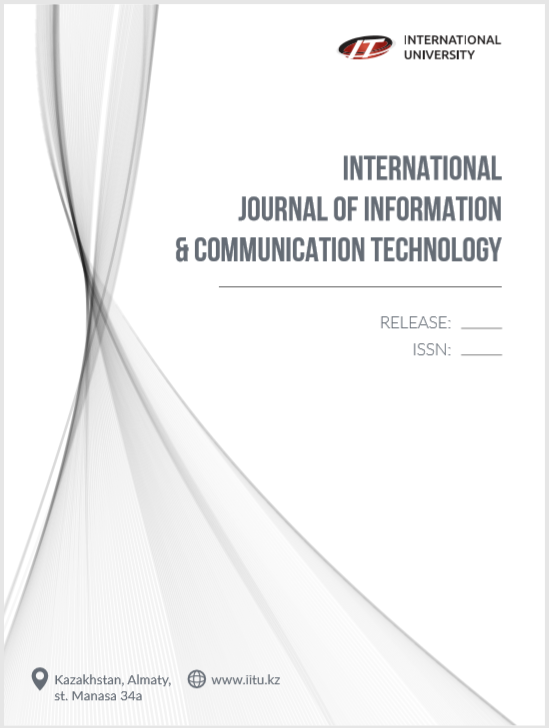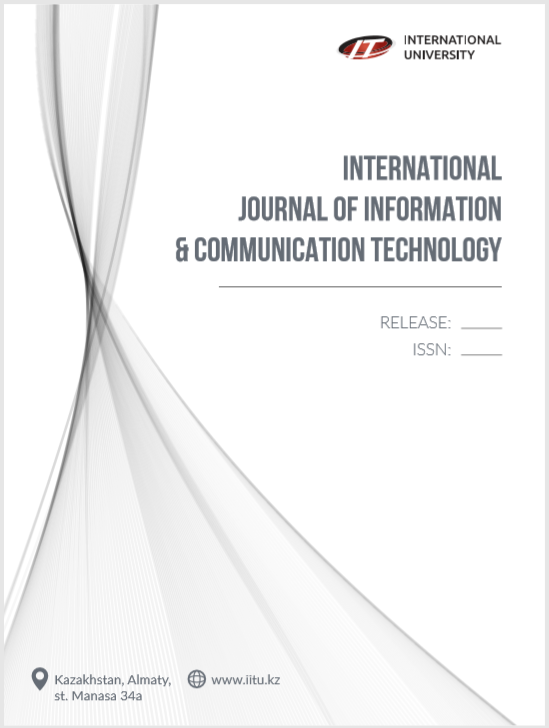VISION TRANSFORMERS FOR CLASSIFICATION OF CT IMAGES OF BRAIN STROKE
DOI:
https://doi.org/10.54309/IJICT.2025.21.1.010Keywords:
brain stroke, deep learning, CT images, visual transformer, classificationAbstract
Deep learning (DL) has shown good results in stroke imaging, which has made it possible to quickly and accurately classify brain abnormalities using computed tomography (CT). Various neural networks have previously been widely used to perform this task, but recent advances in transformer-based models offer new opportunities to improve classification performance. In this study, we investigate the use of vision transformers (ViT) to automatically classify computed tomography of cerebral stroke into normal and stroke categories. ViTs use attention mechanisms to selectively focus on important areas of an image, improving feature acquisition without having to pre-process the range associated with the task. Our study offers an analysis of the ViT model, evaluating its effectiveness in stroke classification. Experimental results show that ViTs achieve competitive accuracy and excellent generalization of unprecedented data, demonstrating potential clinical applications. These results show that transformer models can play a key role in advancing automated stroke diagnosis, ultimately improving early detection and patient outcomes.
Downloads
Downloads
Published
How to Cite
Issue
Section
License
Copyright (c) 2025 INTERNATIONAL JOURNAL OF INFORMATION AND COMMUNICATION TECHNOLOGIES

This work is licensed under a Creative Commons Attribution-NonCommercial-NoDerivatives 4.0 International License.
https://creativecommons.org/licenses/by-nc-nd/3.0/deed.en


